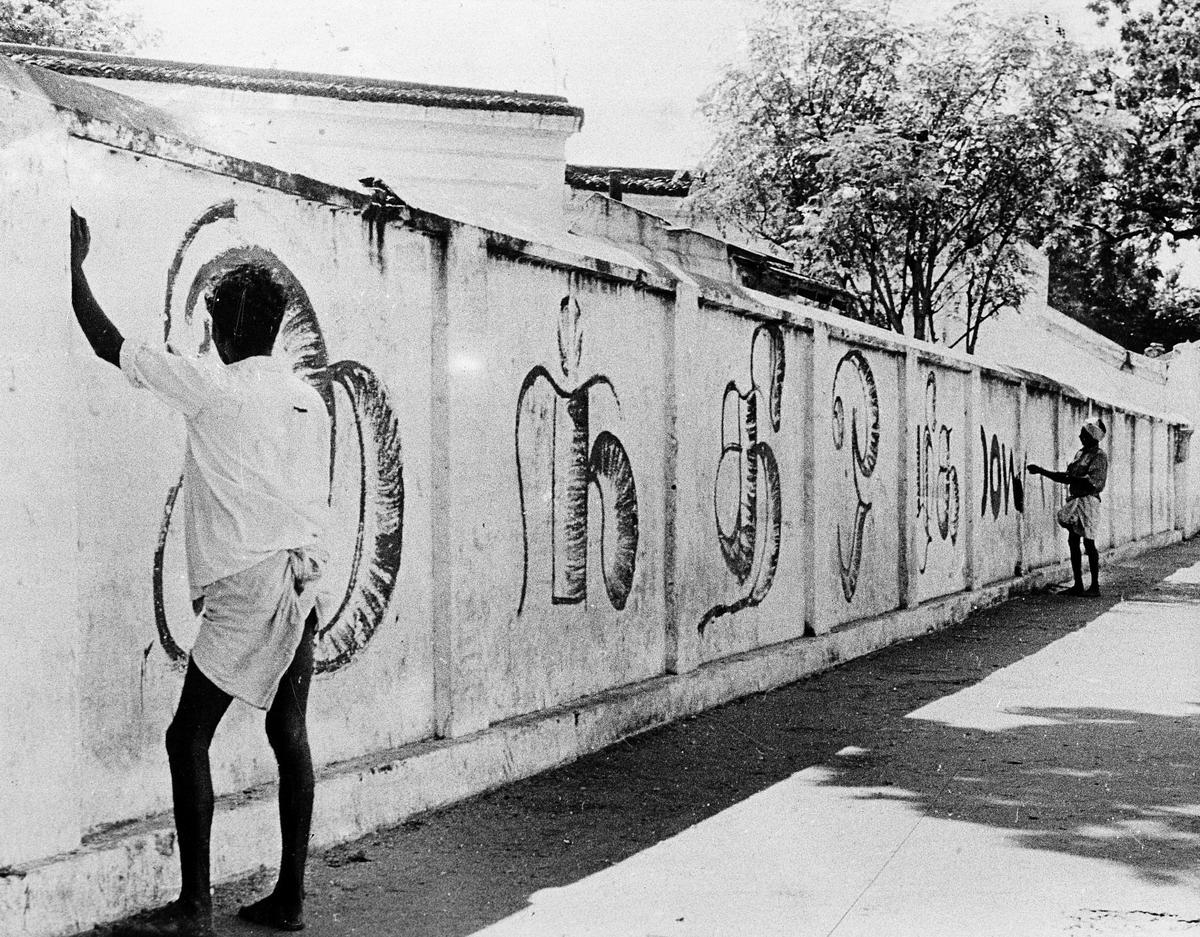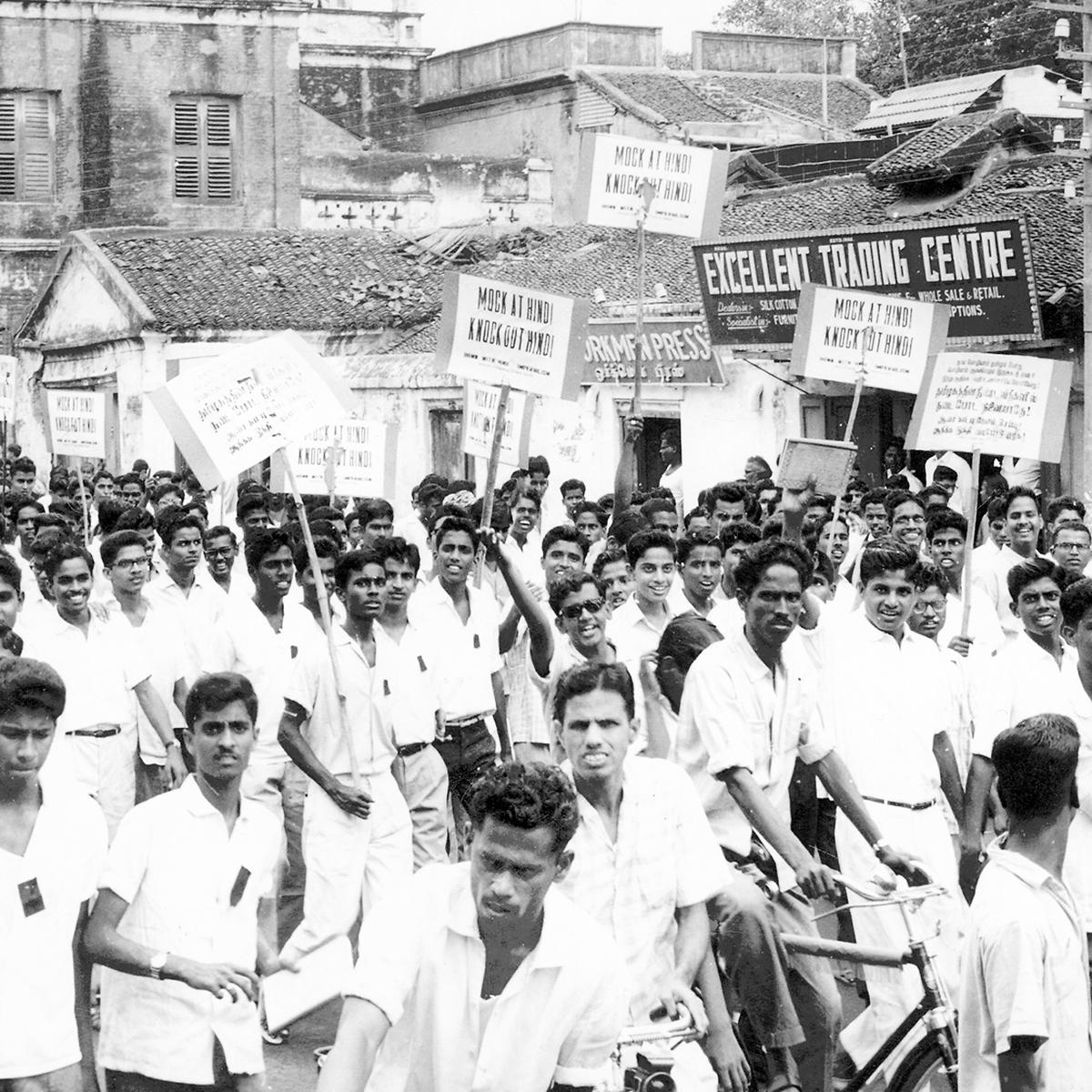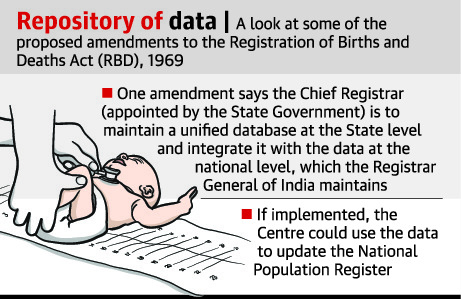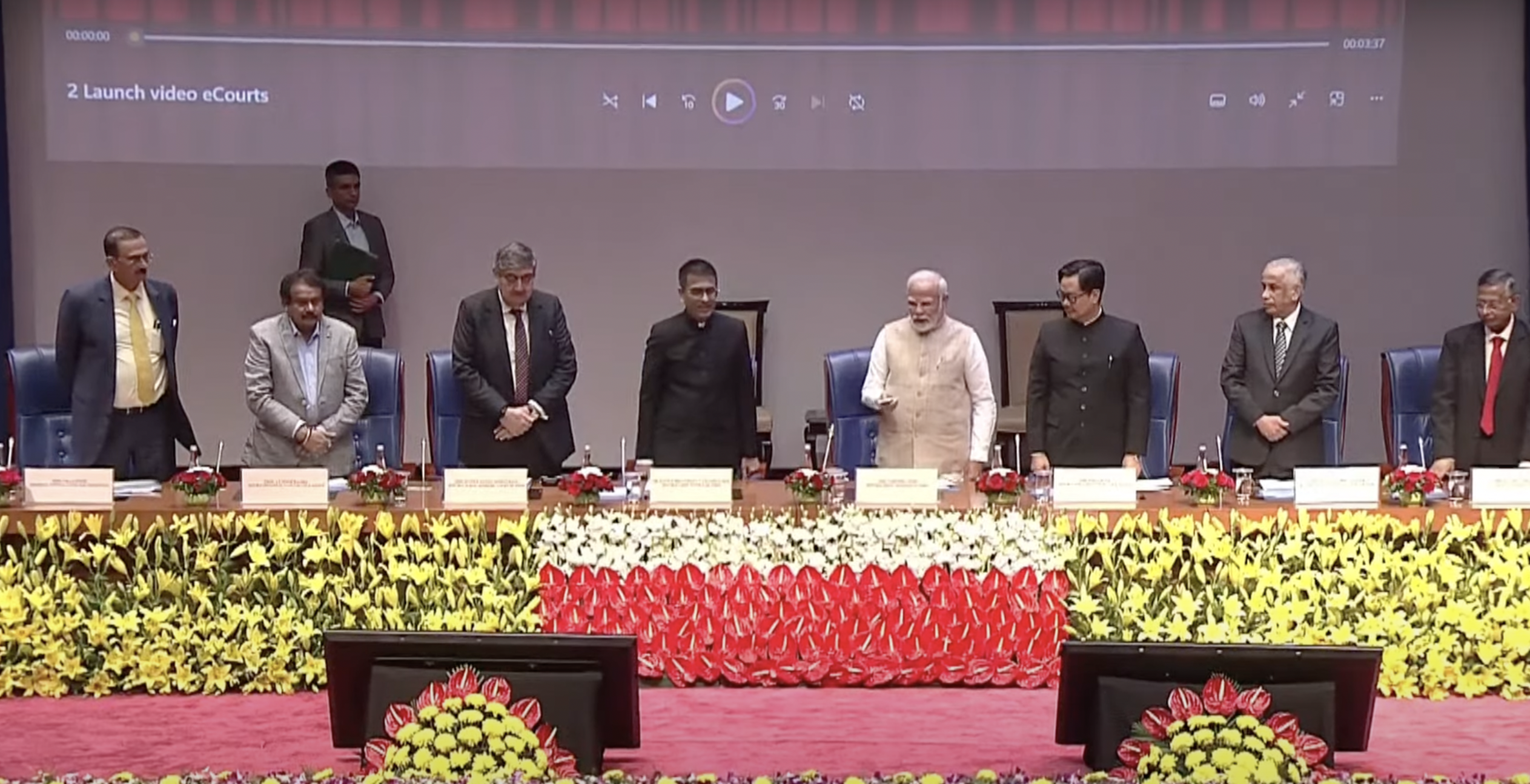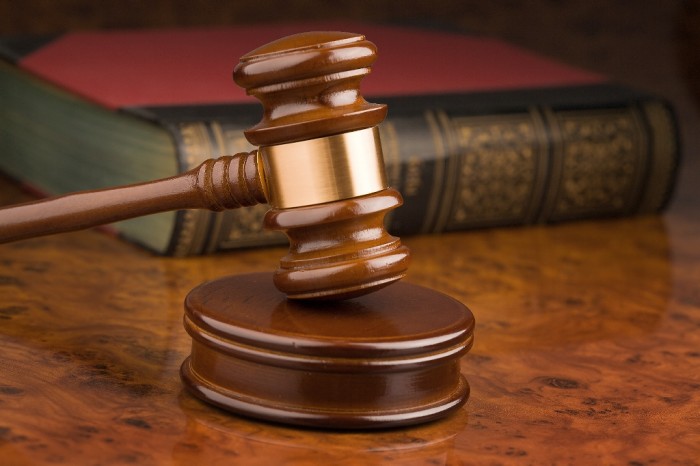
Reservation was instituted as a temporary solution to provide opportunity to socially and educationally underprivileged groups of individuals who were underrepresented in politics, the workforce, and other fields. The goal was admirable. Many people now live in higher standards because to reservations. But various political and sociological pressures led to the extension of what was meant to be a temporary solution.
Reservation
- Based on past injustice: The historical injustice done to Dalits and Shudras is inextricably tied to reservations.
- Reservation as a means of achieving an egalitarian social order, ensuring fair representation in the socio-political system, and mitigating and making up for the inhumane exclusion of people based on ascriptive status all emerged during the anti-caste movement.
- Reservation is used in public employment, education, and politics to ensure that everyone in the hierarchy can participate in nation-building on an equal footing.
Is the reservation system successful in eliminating the cause?
- Can’t say it was successful: Even after seven decades of reservation, we cannot say that the issue that necessitated reserving in the first place has been resolved.
- In an effort to achieve a different result, succeeding governments kept extending: In our personal and professional lives, if a solution to a problem doesn’t produce the anticipated result within an acceptable time period, we rethink the answer and attempt to improve it. But in order to change the outcome, succeeding governments kept expanding the reservation system.
- People who profited from reservations wanted the system to last for future generations as well, making reservations a self-sustaining mechanism. It was obvious that they were using the reservation system as a self-sustaining mechanism.
- People who truly need are deprived: Since reservations are utilised as a means of perpetuation, those who truly required reservations were denied access to their advantages.
Outcomes of reservation system and the rising silent demands
- The family’s occupations at the time of independence and the historical context: The economy was largely rural and reliant on conventional trade at the time of independence. The majority of people lacked skills. They kept working in the occupations that their family had done for many years.
- Caste-based professions were replaced with skill-based ones: People were able to learn new skills thanks to free public education and industrialisation, which enabled them to move to places with better living conditions. The class gap disappeared as cities became more multicultural. Caste-based employment in the industrial sector was mainly replaced by skill-based employment.
- Social and educational illiteracy are closely related to economic weakness: A significant portion of the population now enjoys economic prosperity and has adequate representation thanks to more than 70 years of reservations.
- Befitted ought to clear a path for others and vehemently reject the demands: Instead of supporting expanding the system to include the economically underprivileged (EWS) of society because some of the beneficiaries might come from the so-called “forward” communities, they believe that families who have been lifted out of poverty through adequate employment opportunities and other benefits should make room for those who are less fortunate.
- The caste system is becoming less common in the information age of today: A particular faith and the then-dominant caste system were somewhat incorrectly blamed for social injustice and oppression at that time. The rise of the middle class in this information and technology era has reduced the prevalence of the caste system.
- Economic progress aids in reducing social injustice: The current level of economic prosperity has largely neutralised class inequality, which is the root cause of social injustice.
- The reservation continues to exist: The caste and reservation systems, however, are still in place solely to allow political parties and those who have already benefited from them to continue to take advantage of them.
Conclusion
The Preamble’s statement of “social, economic, and political justice” obligates the government to act in accordance with both the Constitution and moral principles. The 10% quota for the EWS is intended to address a flaw in the system that is depriving qualified and deserving individuals. We must acknowledge that reserving based on economic considerations is necessary right now and a necessary first step in achieving social and economic justice.


